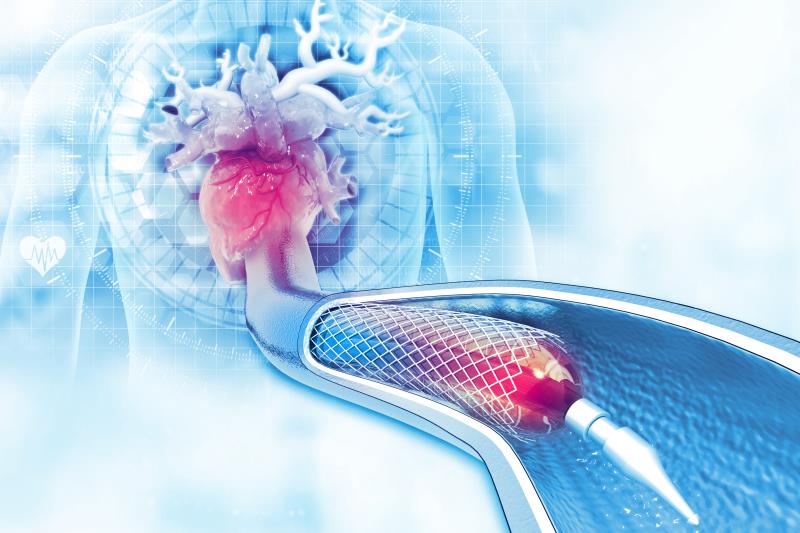Prasugrel de-escalation may benefit ACS patients after PCI





A prasugrel de-escalation strategy significantly reduced the risk of NACE* and bleeding events in patients with ACS** after PCI*** compared with the conventional strategy, results of the HOST-REDUCE-POLYTECH-ACS# trial have shown.
“There is a temporal change in ischaemic and bleeding risk after PCI. [In the] acute phase, [there is] high ischaemic risk and stronger anti-ischaemic agents are needed. [In the] chronic phase … ischaemic risk decreases [while] bleeding risk increases,” said Dr Hyo-Soo Kim from the Seoul National University Hospital in Korea, who presented the findings at ESC 2020. “De-escalation therapy may be an optimal strategy to match [this] temporal change.”
Guidelines recommend adding a potent P2Y12 inhibitor (ie, prasugrel or ticagrelor) to aspirin as a standard therapeutic strategy for ACS patients post-PCI. “In this trial, we were able to confirm the safety and efficacy of [a] prasugrel-based de-escalating DAPT## after PCI in [ACS] patients,” said Kim, which supports evidence showing the edge of prasugrel over ticagrelor. [N Engl J Med 2019;381:1524-1534]
A total of 2,354 participants (mean age 59 years, 89 percent male) were randomized 1:1 to receive prasugrel 10 mg for 12 months (conventional arm), or 10 mg for 1 month followed by 5 mg in the succeeding 11 months (de-escalation arm). Prasugrel was given alongside aspirin. Participants unsuitable for prasugrel treatment (ie, >75 years, <60 kg, with TIA history; n=1,075) were categorized under an observational arm. Follow-up rate was >96 percent. About half of the cohort had multivessel disease. [ESC 2020, Late Breaking Science session]
At 12 months, NACE incidence was markedly lower in the de-escalation vs the conventional arm (7.2 percent vs 10.1 percent; HR, 0.70; pnoninferiority<0.001) and the observational arm (7.2 percent vs 14.0 percent; HR, 2.06; p<0.001).
The NACE curve diverged beyond 30 days, noted Kim, citing the 34-percent risk reduction at 30 days with the de-escalation vs the conventional strategy (5.5 percent vs 8.2 percent; HR, 0.66; p=0.012).
The de-escalation strategy marginally outdid the conventional strategy in terms of reducing the incidence of key secondary efficacy outcomes of cardiac death, MI, stent thrombosis, and ischaemic stroke (1.4 percent vs 1.8 percent; HR, 0.76; p=0.405) “This is very important,” stressed Kim. “[This shows that] even though we de-escalate prasugrel, death or ischaemic events did not increase.”
Safety-wise, the incidence of BARC### ≥2 bleeding events was halved by the de-escalation vs the conventional strategy (2.9 percent vs 5.9 percent; HR, 0.48; p<0.001). “Over … 12 months, the reduced clinical event risk was mainly due to the decrease [in] major bleeding events without increasing ischaemic events,” Kim pointed out.
However, the study’s noninferiority design may limit interpretation in terms of superiority of the de-escalation strategy, noted Kim. The study was also not powered to detect differences in the risk of ischaemic endpoints (eg, nonfatal MI, stent thrombosis, ischaemic stroke). The East Asian cohort may have also limited generalizability of the findings, he pointed out.
Nonetheless, the results underpin the potential of prasugrel-based de-escalation for balancing the ischaemic and bleeding risks in this patient setting, said Kim.